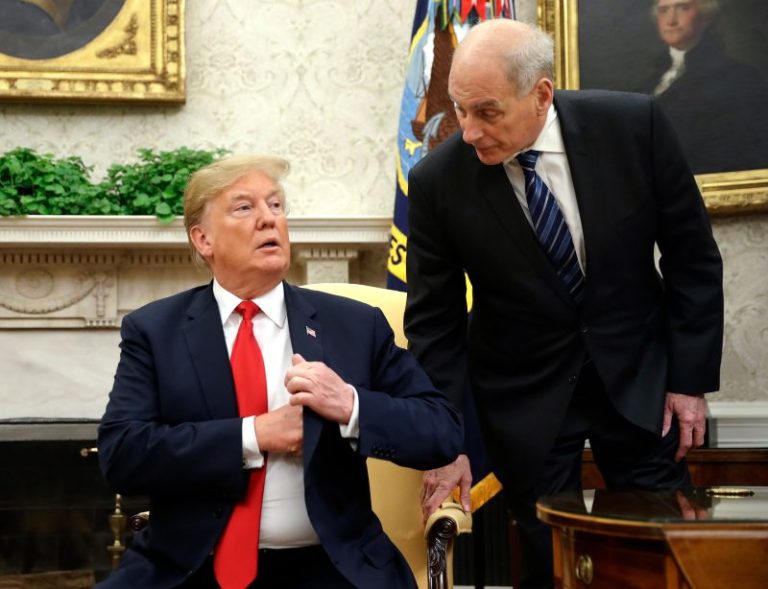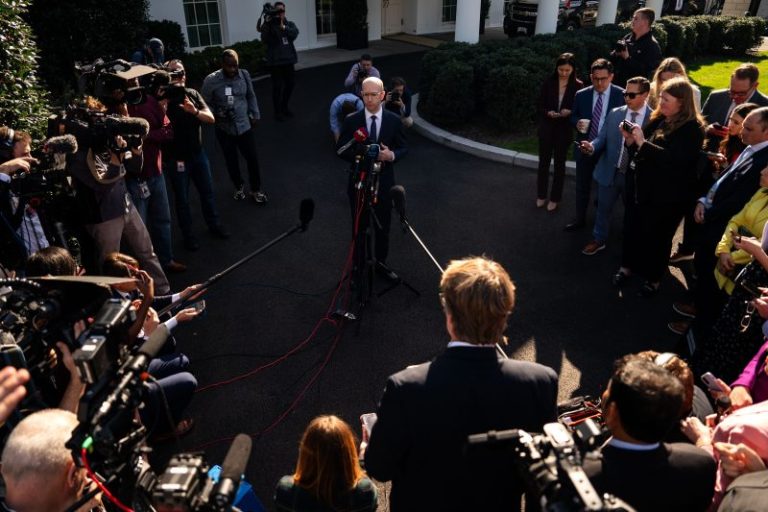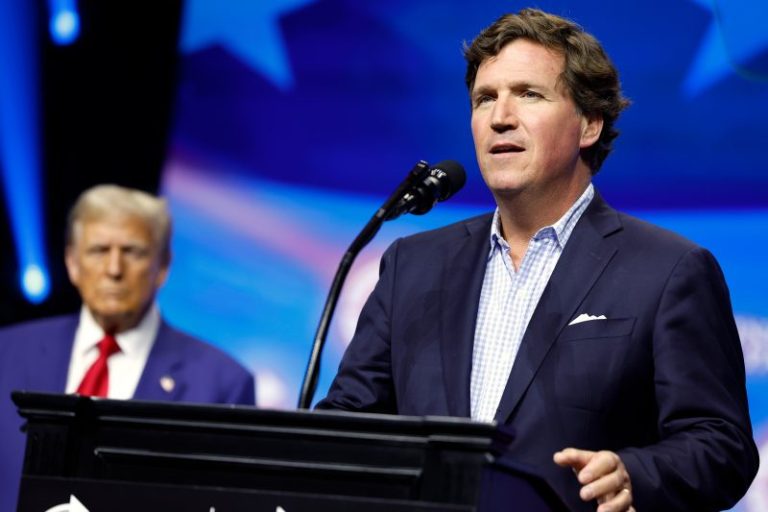It’s not clear exactly how many immigrants are living in the United States without authorization, for a number of reasons.
The most obvious is that some people cross the border from Mexico and evade capture. It is definitionally hard to know how many people do so, but the government has gotten better at estimating the number in part because there are fewer places where immigrants can enter the country unobserved. It’s likely that about 2 million immigrants have entered this way since federal fiscal 2021, but it’s not clear how many of them might remain in the country. There are unquestionably many thousands more who entered the country legally (such as on a tourist visa) but didn’t leave.










